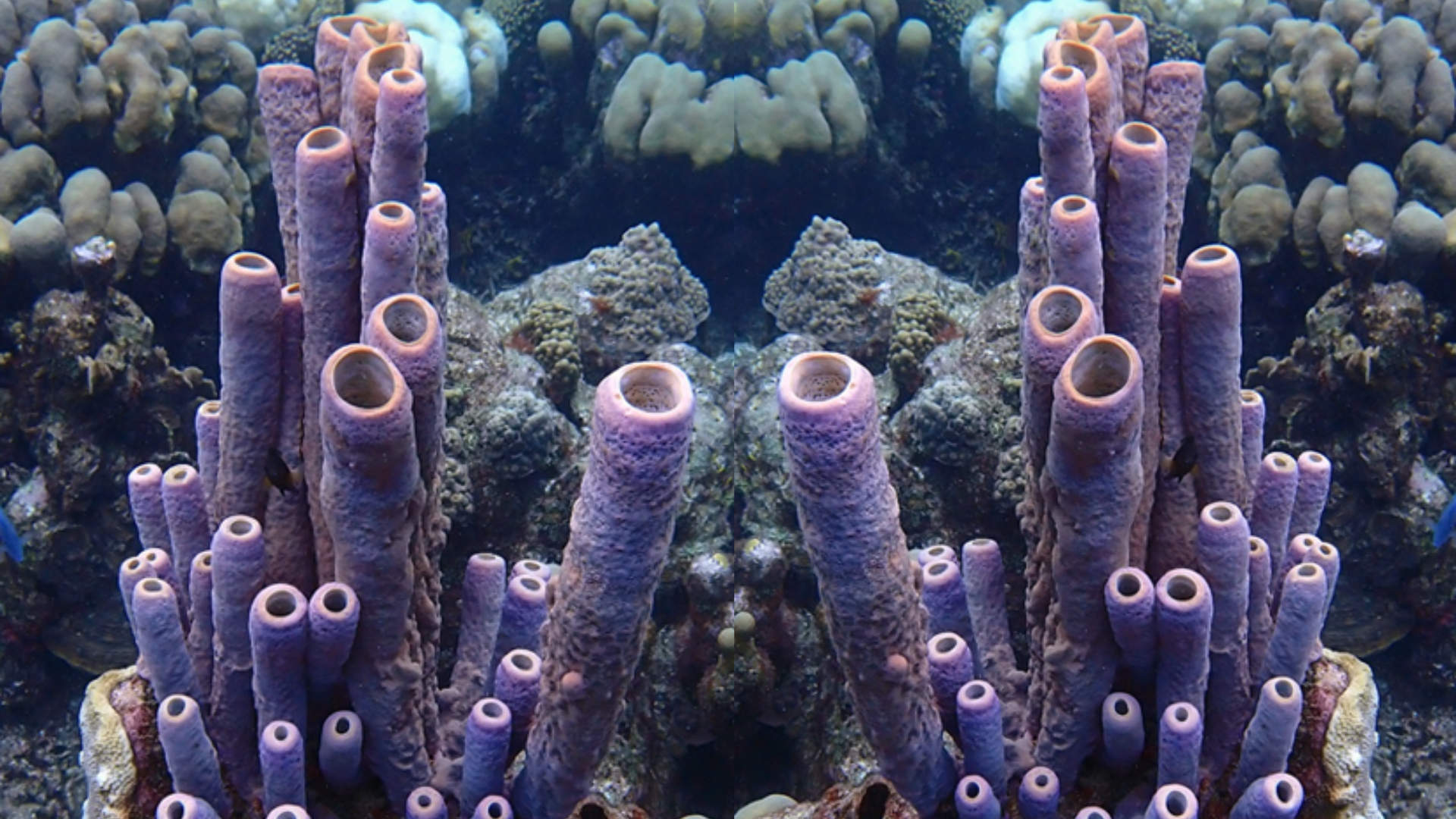Finding Food Without Moving
The oceans cover most of our planet, but they are poor in nutrients. Unlike animals on land, many underwater creatures such as corals, sponges, and clams cannot move to hunt, but instead, they capture nutrients from the seawater that washes over them. Sponges, in particular, are very efficient in pumping seawater through their porous bodies and filtering out anything that is edible. But often, these nutrients are not enough. So how do these creatures feed if they cannot move to look for food?
Living Together with Photosynthetic Microbes
In the underwater world, many creatures supplement their diet like plants. Plants photosynthesize, using energy from sunlight to produce their own food. Animals cannot photosynthesize, but many types of microbes can, so by allowing these microbes to live within their bodies, creatures can indirectly reap the benefits of photosynthesis. And this extra nutrition gives marine creatures a big evolutionary advantage.
Research at the Bottom of the Food Chain
Researchers at the University of Amsterdam are studying photosynthetic symbioses in sponges on coral reefs. They are measuring how much energy is shared from the microbes to the sponges, and how this energy influences the growth of the sponges and the food chain that depends on them. The marine food chain ultimately ends with feeding millions of people, but at its start, symbiotic microbes are crucial.
Autor: Dr. Michelle Achlatis

